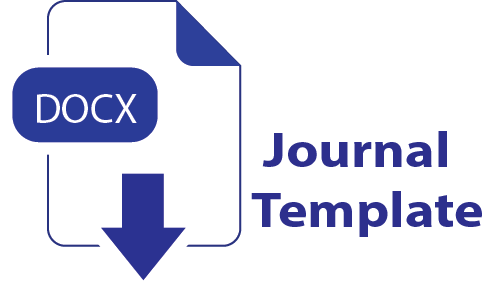PENERAPAN MODEL PEMBELAJARAN KONTEKSTUAL UNTUK MENINGKATKAN HASIL BELAJAR PADA MATA PELAJARAN IPS KONSEP KEMISKINAN
Lisnawati Iskandar Alam
Sari
This research was conducted with the aim of improving the learning outcomes of fourth grade students at SD Negeri 49 Ternate on the concept of poverty through the use of a contextual learning model using the inquiry method. The research design is classroom action research (Classroom Action Research) with the instruments used are test questions, teacher and student observation sheets, and interviews. The data analysis technique used is descriptive qualitative.
DOI:
https://doi.org/10.33387/pedagogik.v8i1.4031
Refbacks
Saat ini tidak ada refbacks.
<div class="statcounter"><a title="Web Analytics" href="http://statcounter.com/" class="statcounter"><img class="statcounter" src="//c.statcounter.com/11577743/0/e7d8852e/0/" alt="Web Analytics" /></a></div>
Â
Statistik Pengunjung
Kampus I Universitas Khairun, Akehuda Jl Bandara Babullah Kota Ternate Utara | Email: pedagogik@unkhair.ac.id
Â


